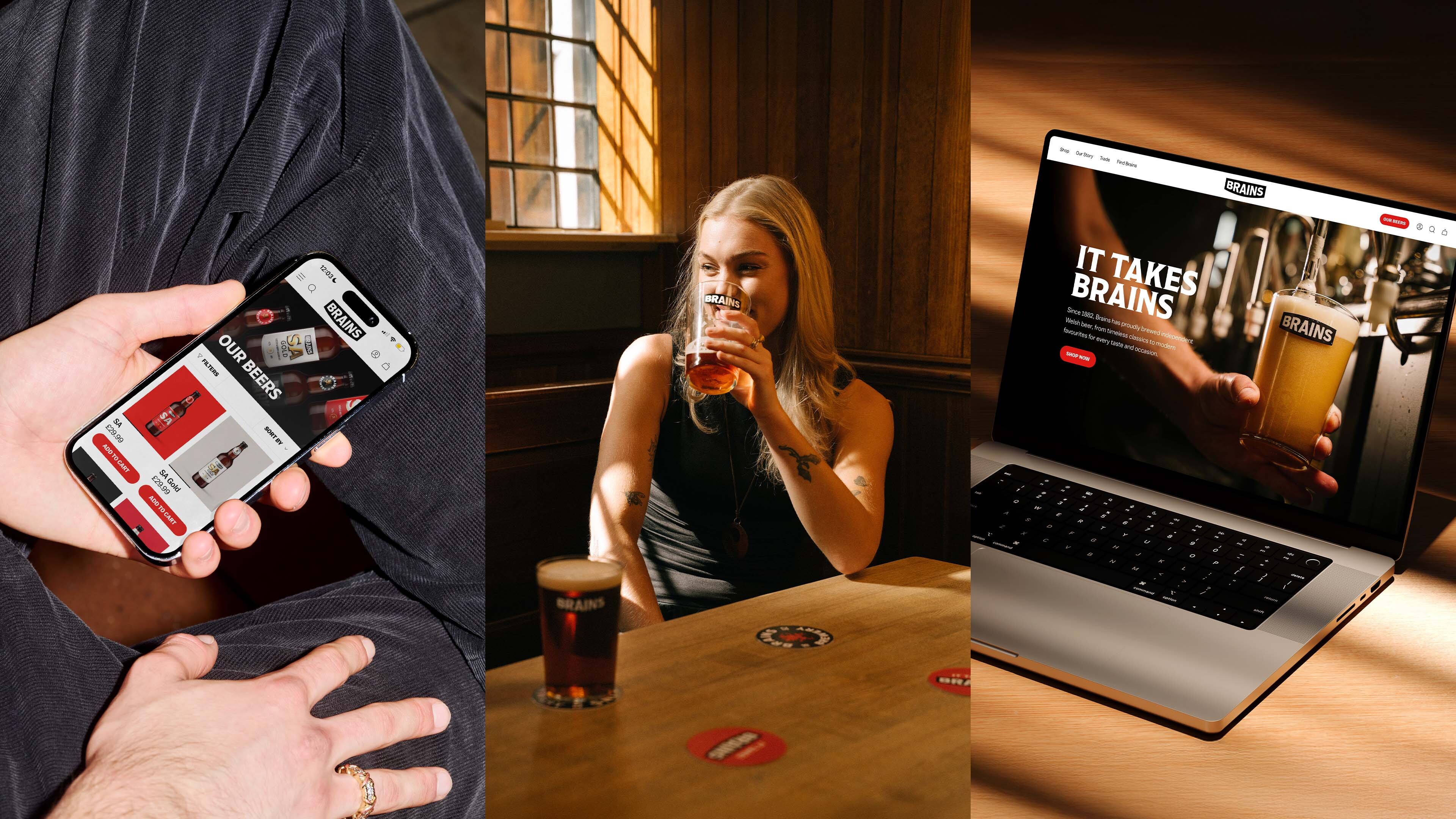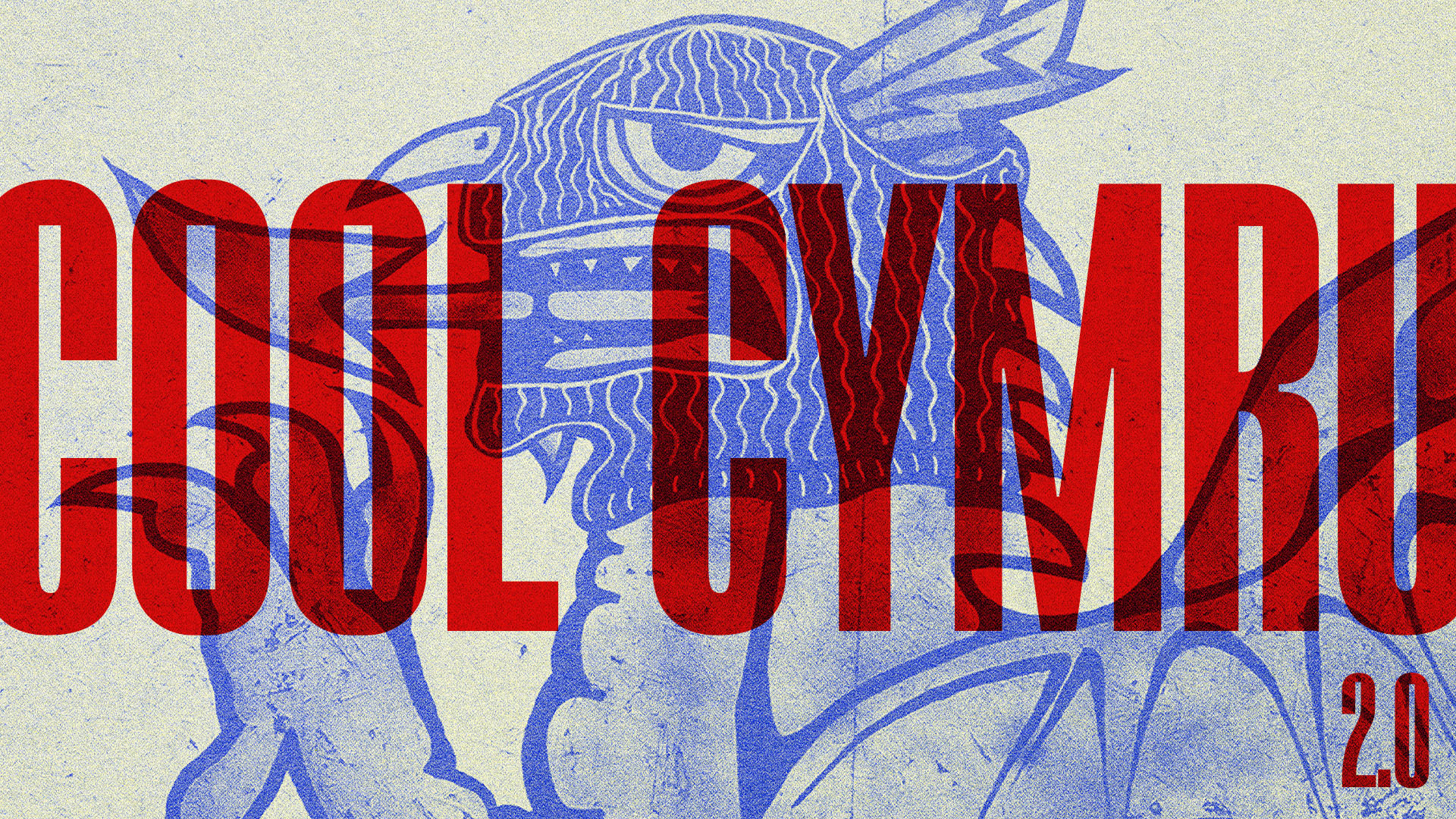
Content is king. Content in context. Content first. There’s never a shortage of content related mottos, and as clichéd as they have become the meaning behind them has never been more important.
We’ve always taken content seriously at Toward, for both traditional design and digital projects. Whether it’s a small advert, a 60 page brochure or content for the web, we read it, understand it and proof it. We also make suggestions if we feel the tone isn't authentic to the client (and their audience), or if the message they are sharing has become diluted by overly complicated language and jargon. We readily share many other ideas we have based on 12 years of working with content.
Content as a service
Our clients have always appreciated this input from us, but for a while we’ve wanted to offer more. Changes at Toward recently have allowed us to do just that. Bryn has started as our Studio Assistant and this has given me more time to be content focused. I’m happiest when writing and it’s been an exciting few months here seeing the content role develop. As well as making me happy, it also makes good use of my journalism degree and builds on the freelance writing that I do.
If you ask me to do a complicated sum or put a shelf up I’ll start trembling. If you ask me to write or edit something I’ll love you forever.
Although this shift in focus is relatively new for us, it's something we have wanted for a long time and the projects we're attracting now are largely content focused. We’re excited by the conversations we’re having!
Why now?
Any good designer or agency will tell you that content has always been central to physical or digital communications. Our job is to set the scene for great content to do the talking. But things are changing, and even more emphasis is being put on content.
The rise of mobile
The rise of mobile usage to consume web content has had a big impact. The days of images and graphics as ‘decoration’, supplemented with a small chunk of copy—almost as an afterthought are long gone. There’s simply no place on mobile screens for poor content to hide and that’s fantastic.
High resolution displays, a focus on typography and the fact people are short on time means content of a web page is now the main attraction. The screenshots below illustrate this beautifully.

The examples used here are A List Apart, Medium, The Guardian, The New Yorker and The Great Discontent.
Content saturation
In an ever-connected world, surrounded by 600m+ websites, billions of social media accounts, apps, TV and traditional media content has become saturated. Marketplaces are more fiercely competitive than ever before, which means content (and design) have to work harder to stand out.
With so many more words, videos, images, tweets and status’ being published you have to do something really different to break through the noise.
More than words
When you think of web or brochure ‘content’, you might think about words, text, copy etc. But content is so much more. People now expect great variation in how they consume information. Where once a block of text would have sufficed, people may expect a video. Where a table of data would have done, you can now create beautiful, engaging infographics. One image used to be fine, but now people expect 10 images that they can flick through on their iPad.

'The Russia Left Behind' by the New York Times is a fantastic example of how different types of content are used to build a deep, engaging story. The story uses photography, video, typography and an interactive map as a navigation device.
What we’re doing
We’re helping our clients tell their story in a more engaging and authentic way. Our involvement changes depending on the scope and budget and we’re increasingly helping clients in a number of ways when it comes to content—all part of a bigger strategy and always with their audience firmly in mind.
Content mapping and planning
With clients that have no existing content we have helped them define what they need, why they need it and to create a content plan which makes the creation process less intimidating with milestones to strive for. We can advise on what content is needed for launch and what they can roll out once a website is live. We create content and story maps with clients, helping them find the story and define the narrative.
This dovetails with site mapping and user journeys which we also complete as part of our discovery phase.
Planning the content also means we can define the content creators and gatekeepers as well as put together a client side sign off process for getting content created and published.
Inventory and Audit
Most clients have some sort of content already so I create an inventory of that and work with them to audit the content. I ask questions and help them through the process of writing, rewriting, editing and removing content based on the results of the audit.
This also helps us define the content types on the site which is a valuable exercise in itself. This process really gets the client thinking about what they are saying, how and why they are saying it and who they are saying it too. Even if it confirms assumptions, it’s still time well spent, though often it reveals something about your content that you may have otherwise overlooked.
Copywriting
I love writing so it is a joy for me when clients want me to write their content. My involvement varies but it can be writing new content for their websites, ongoing content for their blogs, editing what they have written or proofing to ensure the message is clear, language is appropriate and tone is consistent and authentic.
I also get involved in microcopy. This is usually more challenging. Give me 1000 words over a few words any day, but it’s so important. Content in forms, on buttons, call to actions and other microcopy has a direct influence on conversion rates and engagement. Just because there are fewer words it doesn't mean they are less important.
Guidelines
It’s all well and good putting all the effort into producing great content but if there are several people tasked with creating content regularly then things can quickly slip, as people have their own styles of writing. Content guidelines (and/or tone of voice guidelines) can help keep things on track ensuring there is consistency and authenticity across all content produced by our clients. That means on the web, social media and printed communications too.
Sometimes they can be a page or two, other times something more substantial, but always essential to ensure high quality content long after the website goes live.
Ongoing Support
Though we audit at the start of projects, we also recommend that clients do this at regular intervals if they produce a lot of content. We will have given them the tools and knowledge during the project to manage this process themselves in the long term.
We also use measures of success, some of which may be related to content. This, coupled with the insights gained from analytics means we can make recommendations on how to improve the content which should then improve conversions, sign ups and the overall customer experience.
We’re lucky that all our clients understand that great content is a large part of the process and by collaborating with them on content related tasks they get the support and guidance they need.
Through this process we better understand what their story is and who they are telling it to, which means we can make informed decisions on how best to tell that story.
If you’d like to speak to us about a project, or our content services give us a call on 029 2049 3819 or drop me an email, rob@toward.studio.

